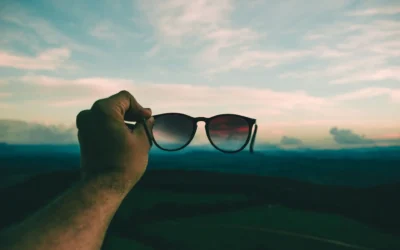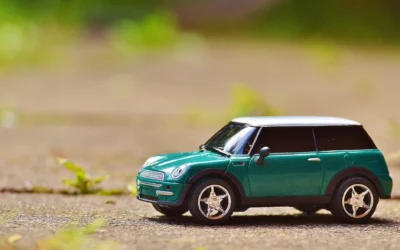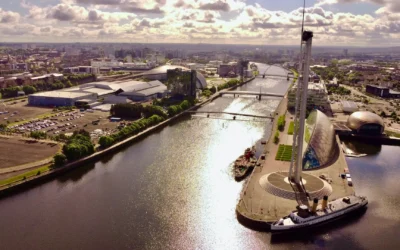Bees are an essential part of our ecosystem, and they play a part in almost everything we eat. Almost a third of all our crops rely on bees buzzing around and pollinating them.
The bad news is that the bee population is experiencing a severe decline. Climate change, the temperature rise, the use of pesticides, and the overall loss of bee-friendly environments are all slowly killing off our essential bee population. Luckily, it still isn’t too late.
While bee populations are experiencing a decline, there is so much you and I can do to help. No, no one is telling you to become a beekeeper (although this would help too). What we can all do is, create a bee-friendly garden.
There are some easy steps to start creating a bee-friendly garden. A garden that will not just boost the bee population in your area, but a garden that will look, smell, and feel beautiful too!
Plants That Flower Year-Round
Bees are active at all times throughout the year. Different species like going out at different times of the year, so it is crucial to have plenty of flowers blooming during every season. When planning out your garden, make sure you plant different combinations of flowers, shrubs, and trees that bloom and provide nectar every season.
Plants like bluebells and dandelions bloom in the spring, while clethra and allium will provide plenty of nectar in the summers. See what native plants in your locality grow out in different seasons, combine, mix, and match whatever you feel is right.
Let It Grow
Let your garden grow out and get a little wild. By this, we do not mean you should just completely stop taking care of your garden, but just, you know, take it a little easy. A lot of wild weeds provide good fodder and shelter to bees.
If you don’t want your entire garden looking wild and untidy, another good idea is to section off a corner or a part of your garden and let it grow wild. Let nature work its magic, and soon you will see new life in the particular sectioned-off area.
Plant Bee-Friendly Colors
Studies have shown that bees have ‘favorite’ colors that they get drawn towards. As they see in the ultra-violet spectrum, the colors they are most attracted to are blue, white, and purple. And the color bees are least attracted to is red. Use these colors in different combinations to attract as many bees as possible.
Plant Bee-Friendly Trees And Shrubs
A lot of people tend to overlook trees and shrubs when it comes to planting for pollination as these plants are some of the most bee-friendly things to plant in your garden. Fruit trees or woody plants bloom for longer and have more flowers than most other perennials. Bees like to forage in trees as it saves them time and energy as they don’t have to move about and find new spots to forage in.
Keep Your Garden Pesticide-Free
Pesticides aren’t meant to harm helpful, pollinating bees, but they do. Instead of using pesticides to keep your garden pest-free, try and use organic and natural methods.
Using pheromone traps, introducing beneficial insects into your garden, and rotating crops are natural, organic, and bee-friendly methods of getting rid of pests. A chemical and pesticide-free garden will not just attract more bees but will also attract other beneficial insects and wildlife.
Insects like ladybirds can help keep pests like moths and aphids away. Some of these insects also help in pollination while helping you manage your pests.
Provide Water
Bees don’t have or store water in beehives. Bees always leave to look for clean, fresh water. Adding a shallow water container will attract bees to your garden. A small, shallow container with a few pebbles and rocks, and of course, water, will have bees buzzing around it in no time.



